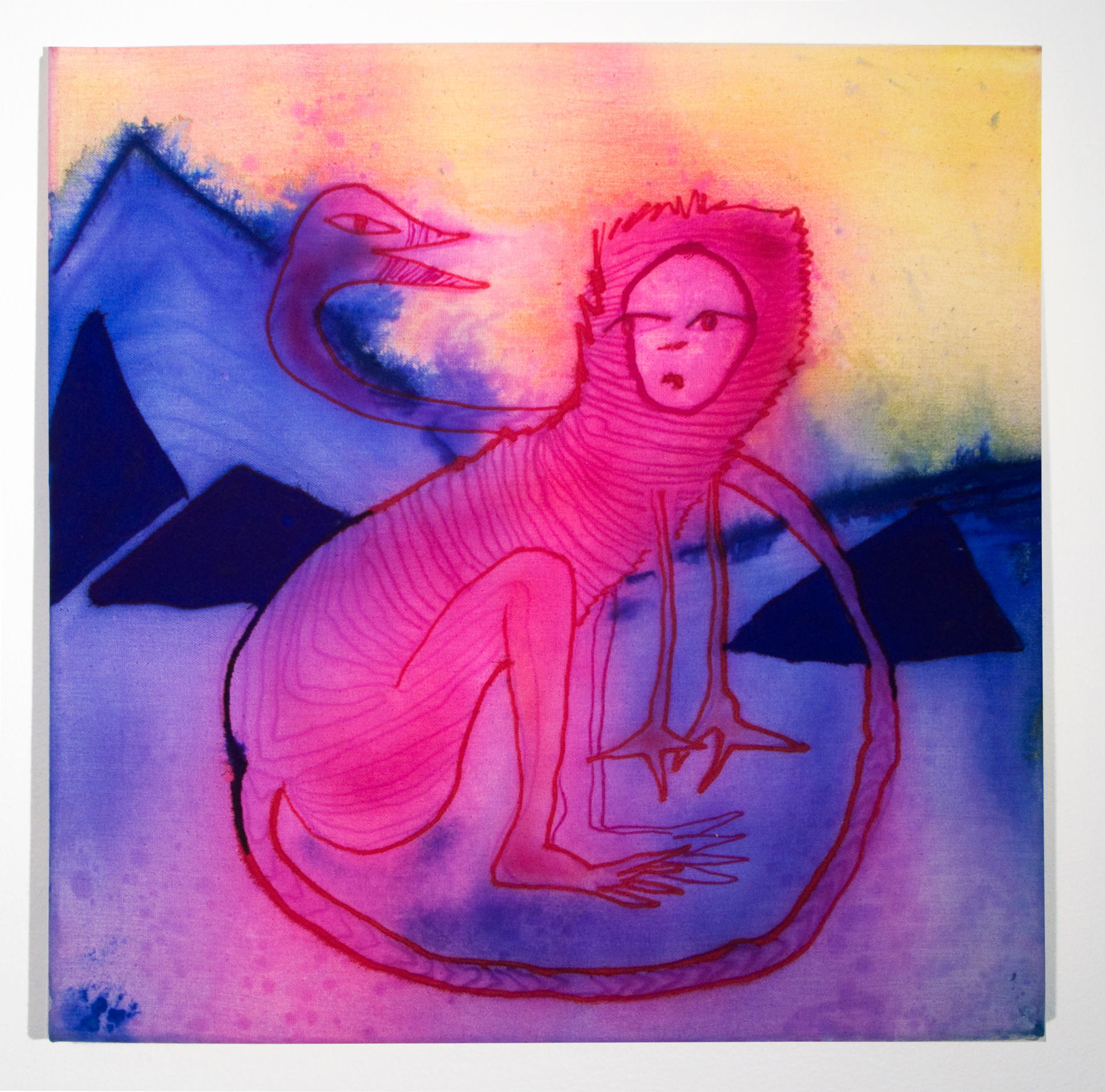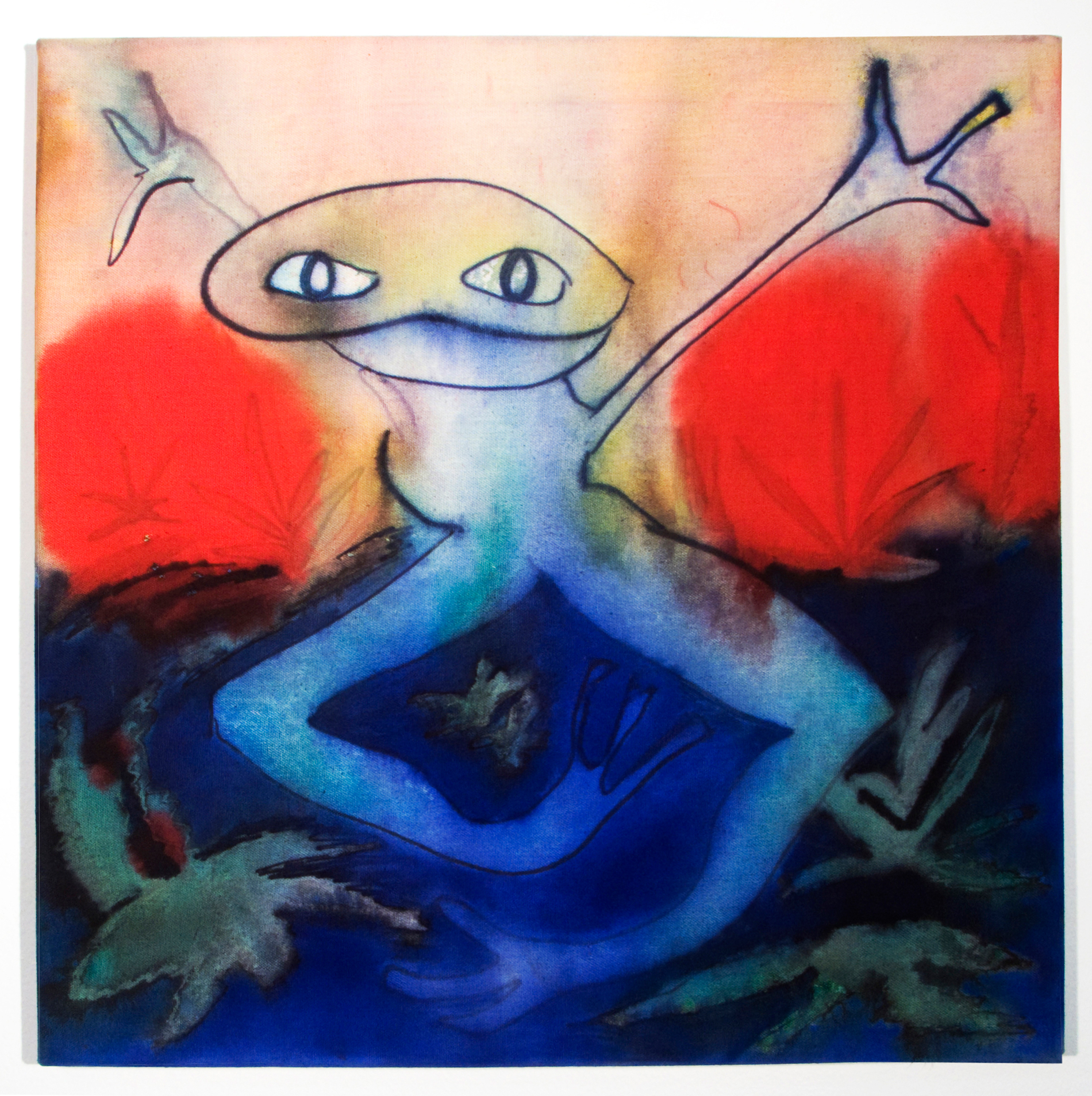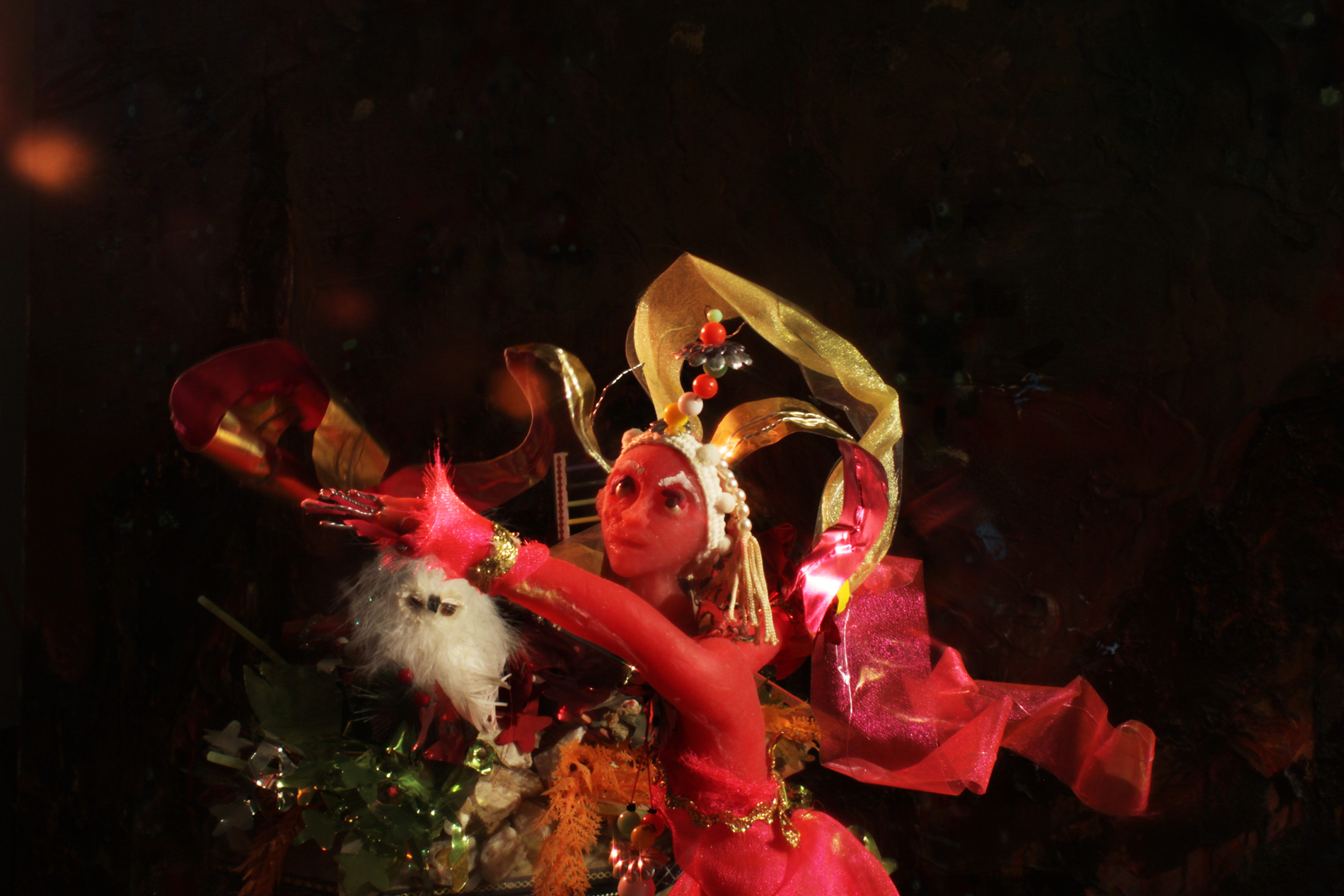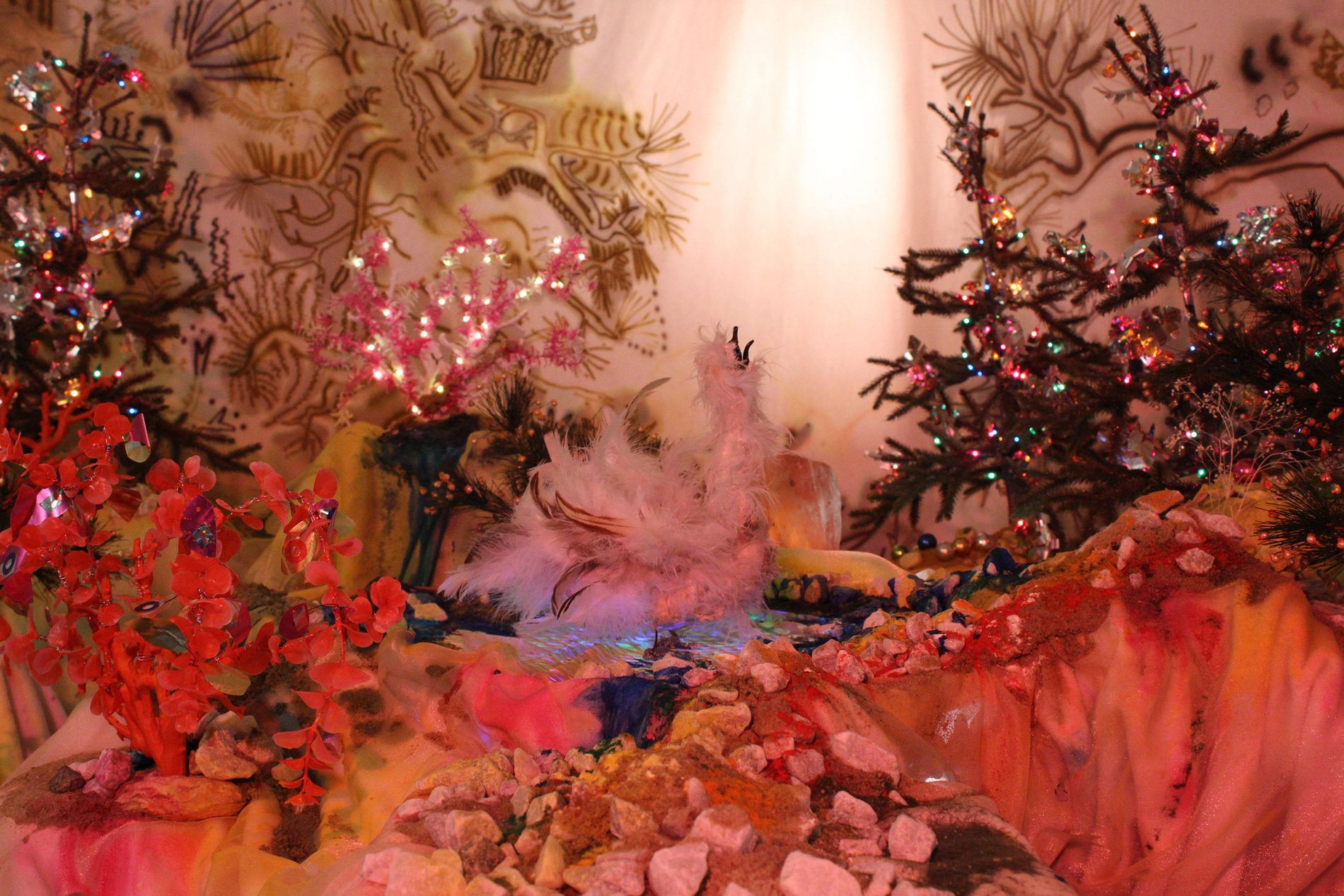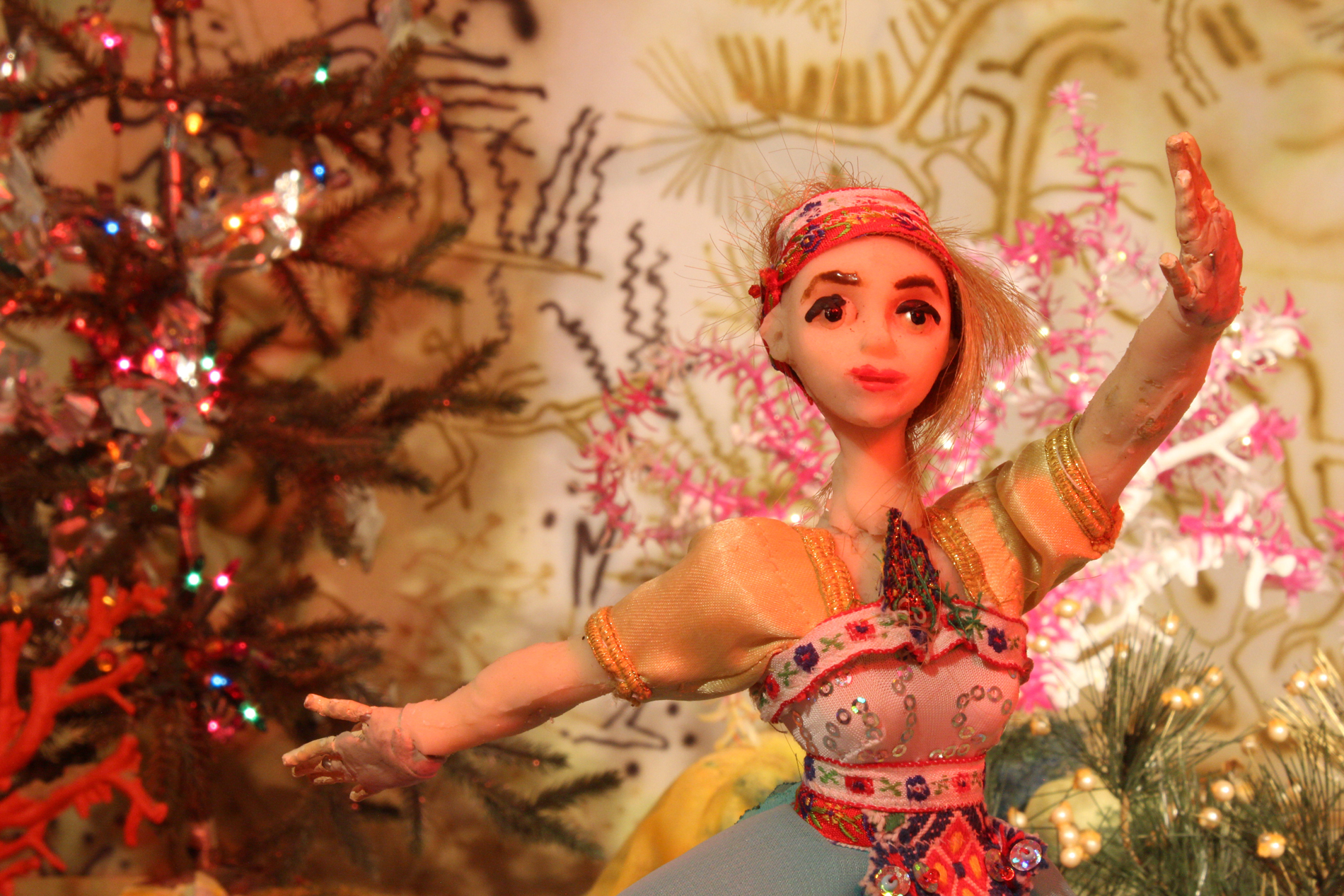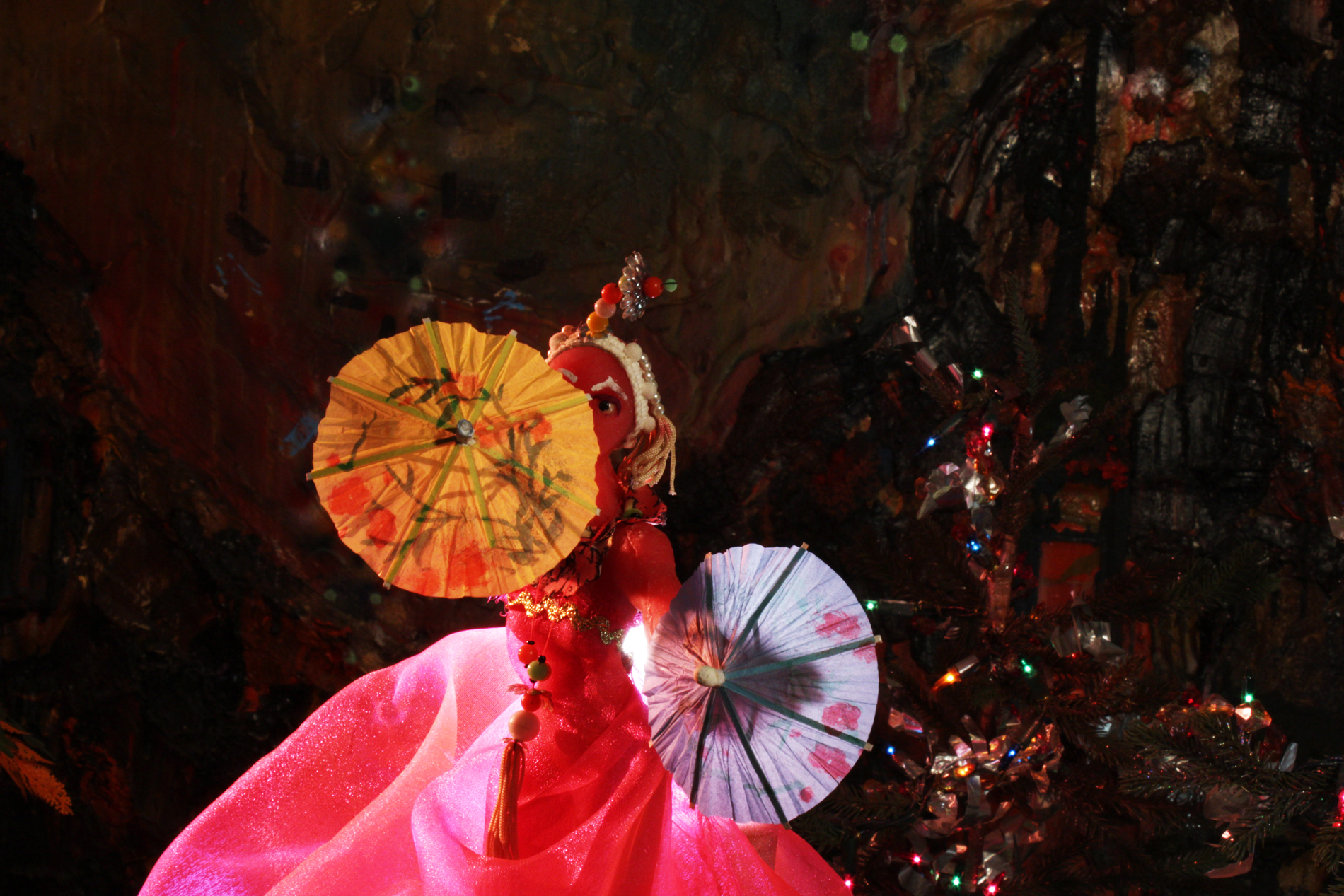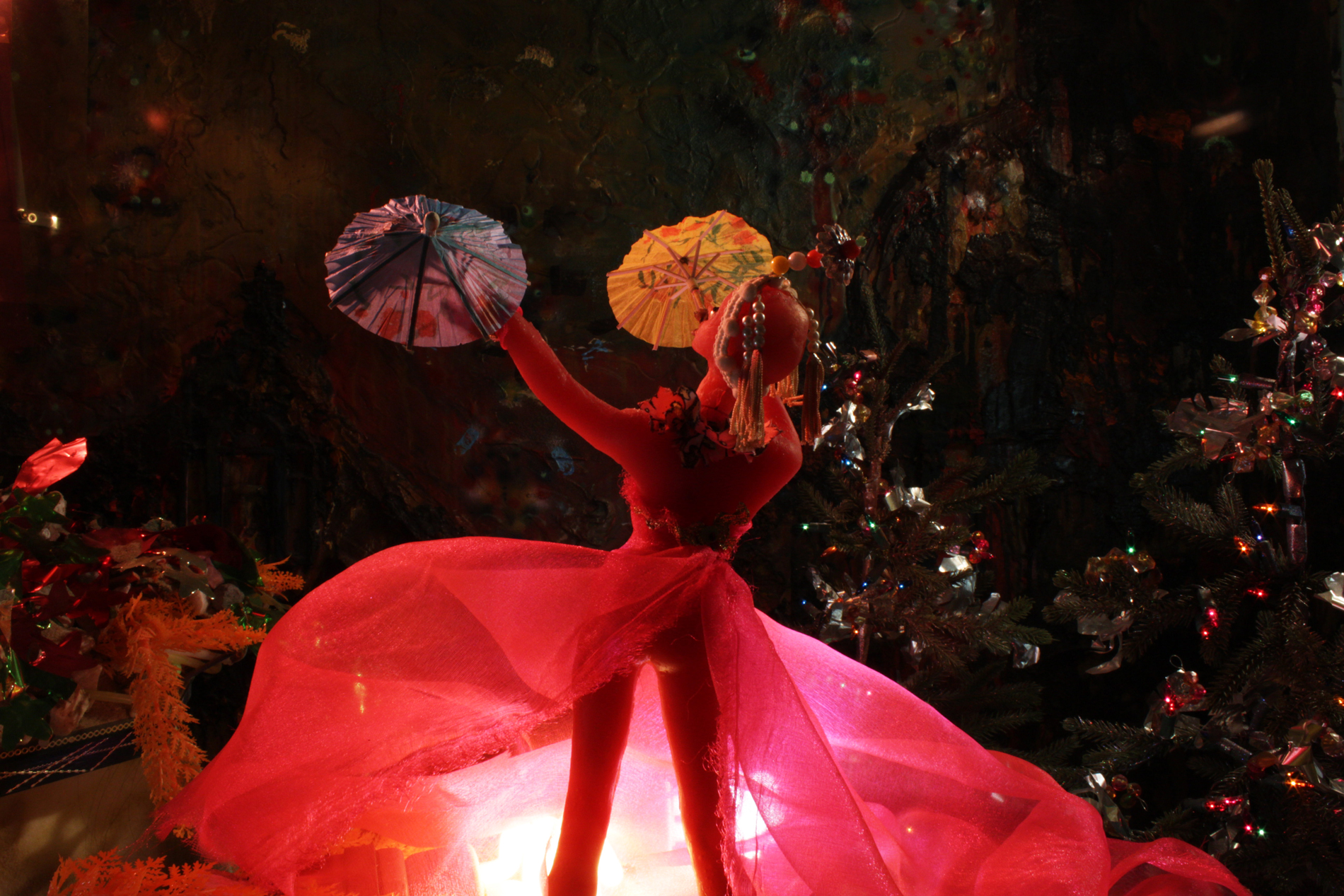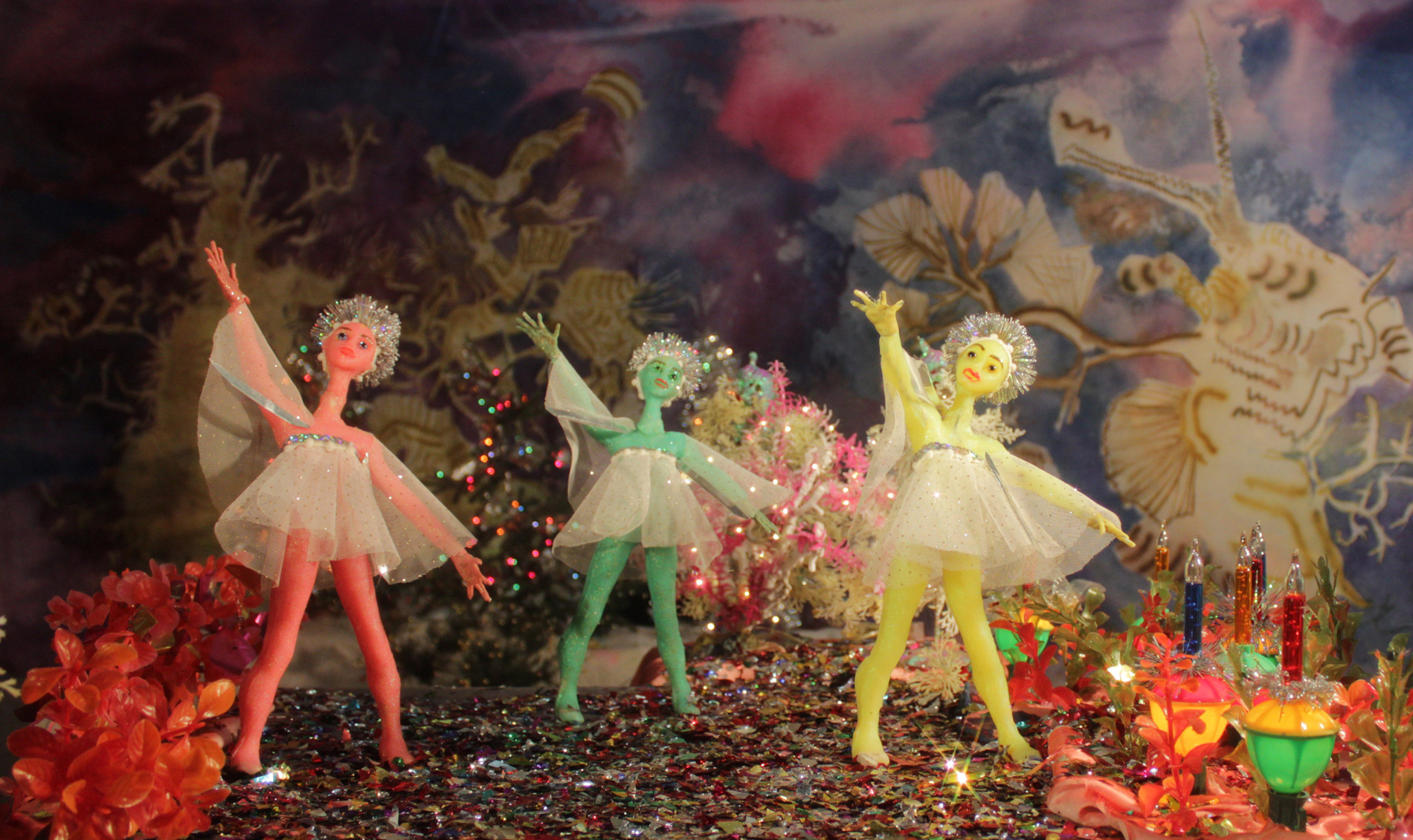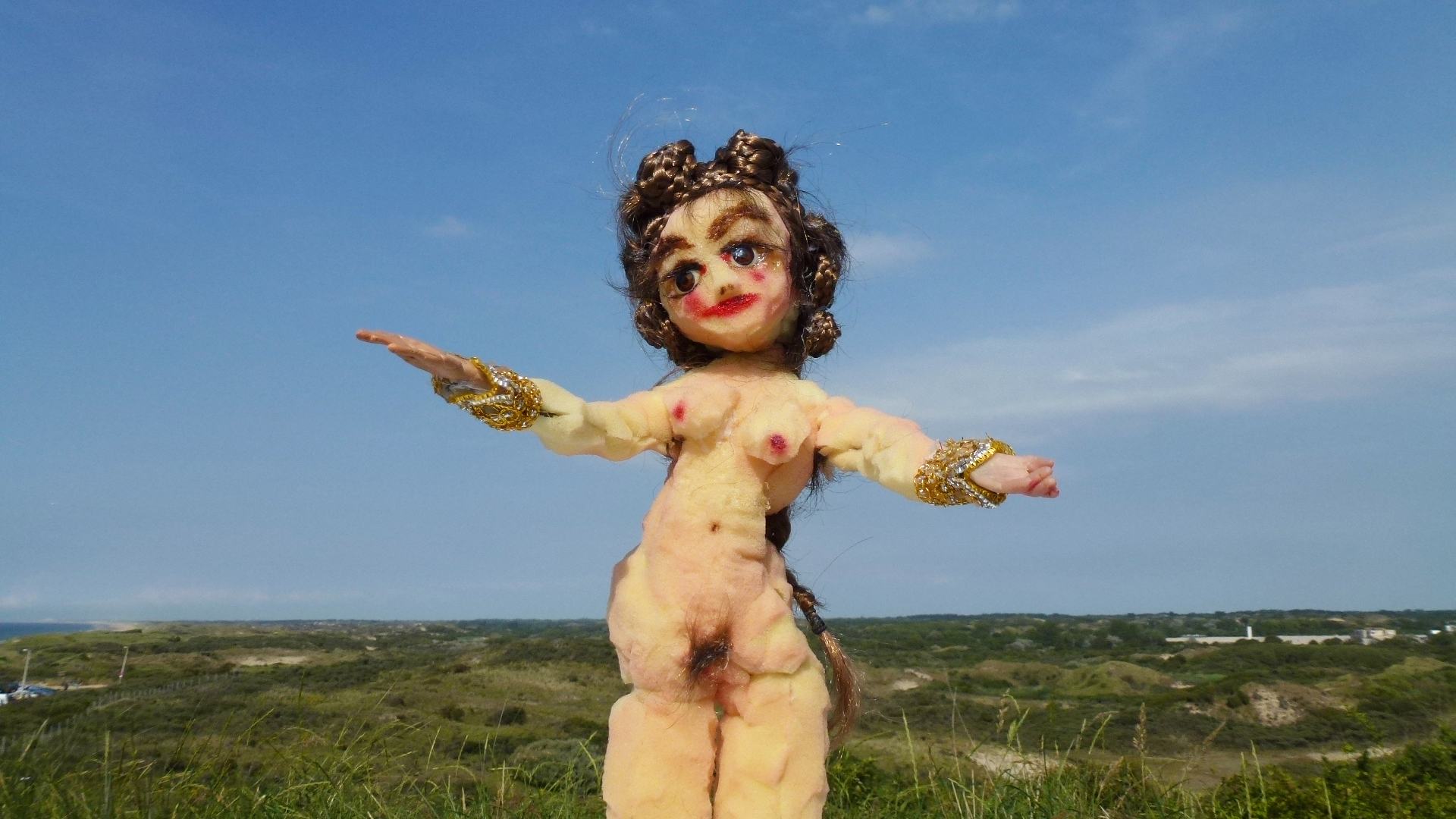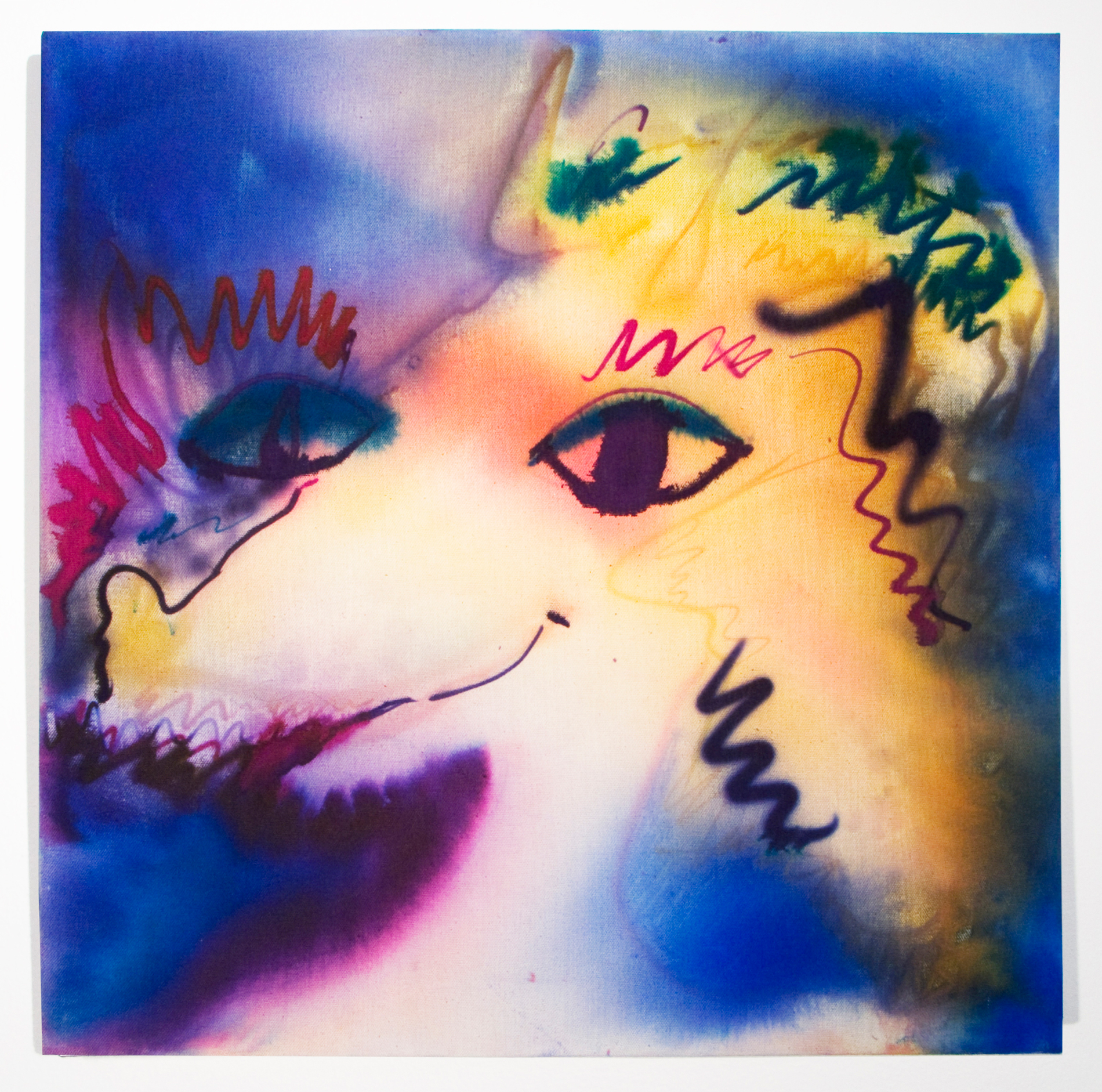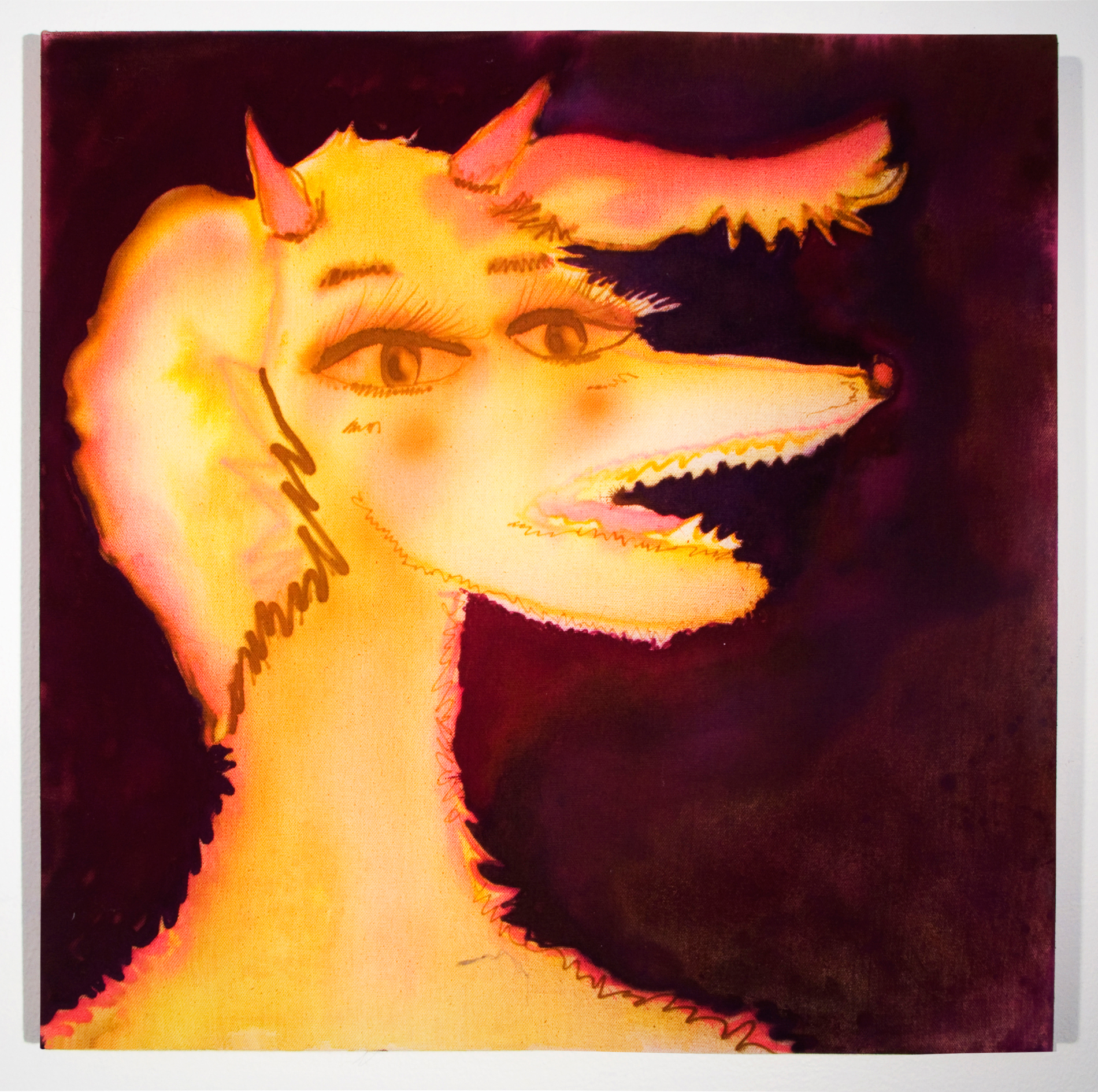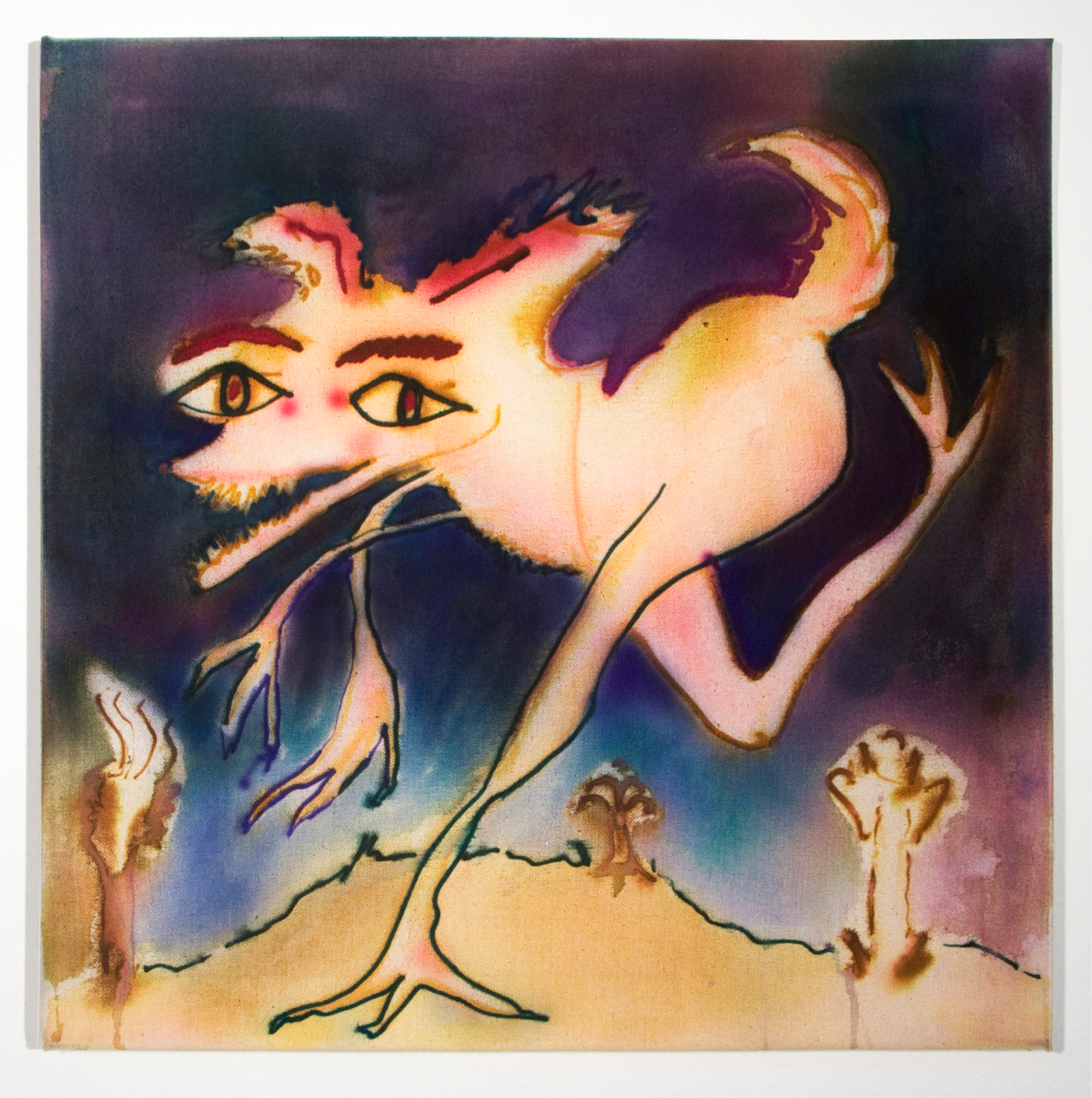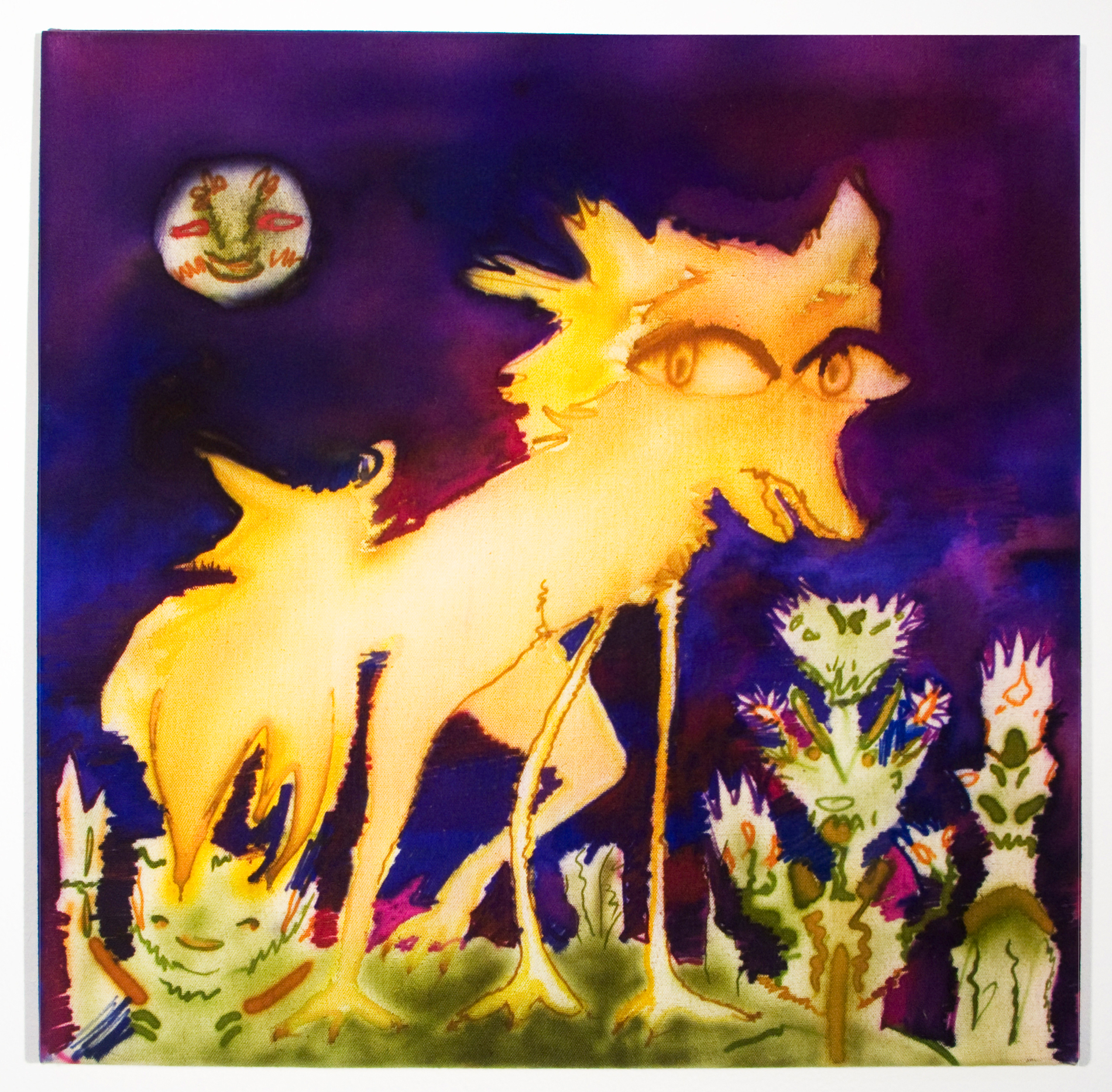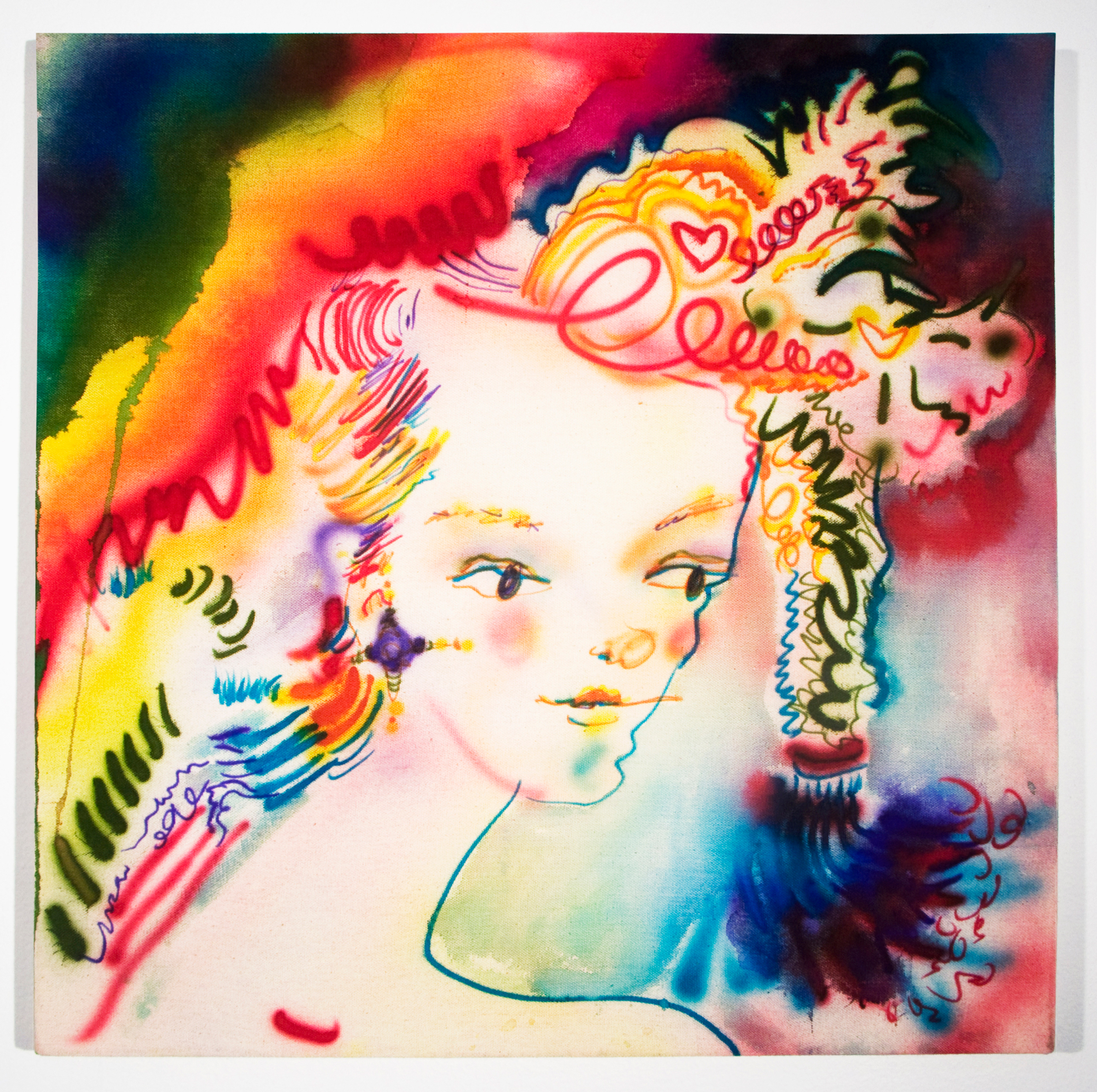This essay was written in conjunction with the exhibition Beverly Fishman: DOSE, curated by Nick Cave, on view at CUE Art Foundation, February 23–April 15, 2017.
From inside the pillbox, Beverly Fishman chooses her favorite colors with a calculating eye. A master color theorist, Fishman explores the allure of intoxication—the fluorescent highs of addiction and sickly flesh tones of withdrawal. With her vivid and enticingly colored pills, Fishman formulates a response to the role of aesthetics within the pharmaceutical industry. She appropriates the visual vocabulary of post-industrial minimalism to delve into the psychology of addiction.
Read MoreThis essay was written in conjunction with The Visible Hand, curated by David Borgonjon, on view at CUE January 7 – February 15, 2017.
Let’s begin by dismissing the notion that a purely agonistic relationship between the artist and the institution still holds. Such a strict opposition, if it ever applied, has eroded, revealing the increasing degree to which the notion of an outside—an alternative sphere of production and circulation, safe from the reaches of institutional and corporate strongholds—also must crumble. Artists today operate as administrators and consultants, grant writers and promoters, developers, coders, and graphic designers; they ride the wave launched in the sixties and accelerated in the nineties of the diversification of the labor force within the arts, a diversification that ceaselessly draws art practices closer to non-art professions.
Read MoreThis essay was written in conjunction with Christina Day: Stills and Composites, on view at CUE October 29 – December 16, 2016.
Christina P. Day’s solo exhibition, Stills and Composites, is inspired by recently discovered video footage documenting her great aunt and uncle’s golden-wedding-anniversary celebration that took place at a VFW hall in 1983. The videotape has aged, causing the image to take on a distinct yellow hue. On the evening of the party, a camera was set up and left unmanned at the corner of the dance floor to record the festivities. Like most family videos, the resulting footage is rather clumsy and out of focus: energetic partygoers repeatedly bumped into the camera, which caused it to record long shots of the ceiling or the back of someone’s head. Despite these unintended, meditative sequences, the camera acts as an objective witness to the evening. Many of the individuals captured in the footage have since passed, so for Day, seeing these beloved family members dancing and celebrating fifty years of marriage is bittersweet. It is, she says, a testament to long love.
Read MoreThis essay was written in conjunction with Marilyn Lerner: Harmonies, on view at CUE September 8 – October 15, 2016.
When I met the painter Marilyn Lerner in her Chelsea studio on a sweltry June morning, I was impressed to learn that the small couch in the middle of the room was not there for sitting, as I had assumed, but was actually the place that the slight, curly-haired artist slept every night as she advanced her newest body of acutely colored, geometric abstractions. Knowing this, the short distance to her actual bedroom—located several yards away behind a freestanding partition—became more metaphorical than physical. The passage from the psychological realms of the work to her living quarters and back was apparently too great to make over and over again; as she traveled deeper into the latter, it was necessary to set up a bed there, rest, and wake with the work each day in order to move farther with it. Lerner’s obsessive immersion gives us the privilege of encountering paintings that have been created slowly, and with minimal outside influence, as opposed to the influx of external references so common in much “post-internet” painting of today.
Read MoreThis essay was written in conjunction with Radical Plastic, curated by Rachel Reese, on view at CUE June 4 – July 9, 2016.
Feminist themes materialize in the works in the exhibition Radical Plastic and bring to mind my initial exposure to feminism. In 1973, when I was an undergraduate art student, the sculptor Jane Kaufman was an artist-in-residence at my school for three weeks. Kaufman was one of the few women artists to have a solo show at the Whitney Museum of American Art in the early 1970s. She was a leader in the Pattern and Decoration movement and a founding member of the early feminist art movement. At Florida International University, Kaufman encouraged us to empower ourselves through consciousness-raising meetings. Sharing frustrations about the misogynist attitudes that we encountered as students, artists, mothers, wives, and lesbians was pivotal for my identity as a feminist artist. The artists in Radical Plastic are part of the feminist-art legacy even as they broker new strategies to explore current issues.
Read MoreThis essay was written in conjunction with Erin Dunn: Oceanic Dancer, on view at CUE June 4 – July 9, 2016.
Erin Dunn grew up at the Jersey Shore and spent her childhood exploring the Pine Barrens—the vast patch of forest known for misshapen trees and mythic tales. This odd, unexplored expanse of land in the middle of a region known for its turnpikes and boardwalks, deeply influences Dunn’s airbrushed paintings and stop-motion animations, in which the natural mixes with the grotesque to create mythic illusions.
Read More
